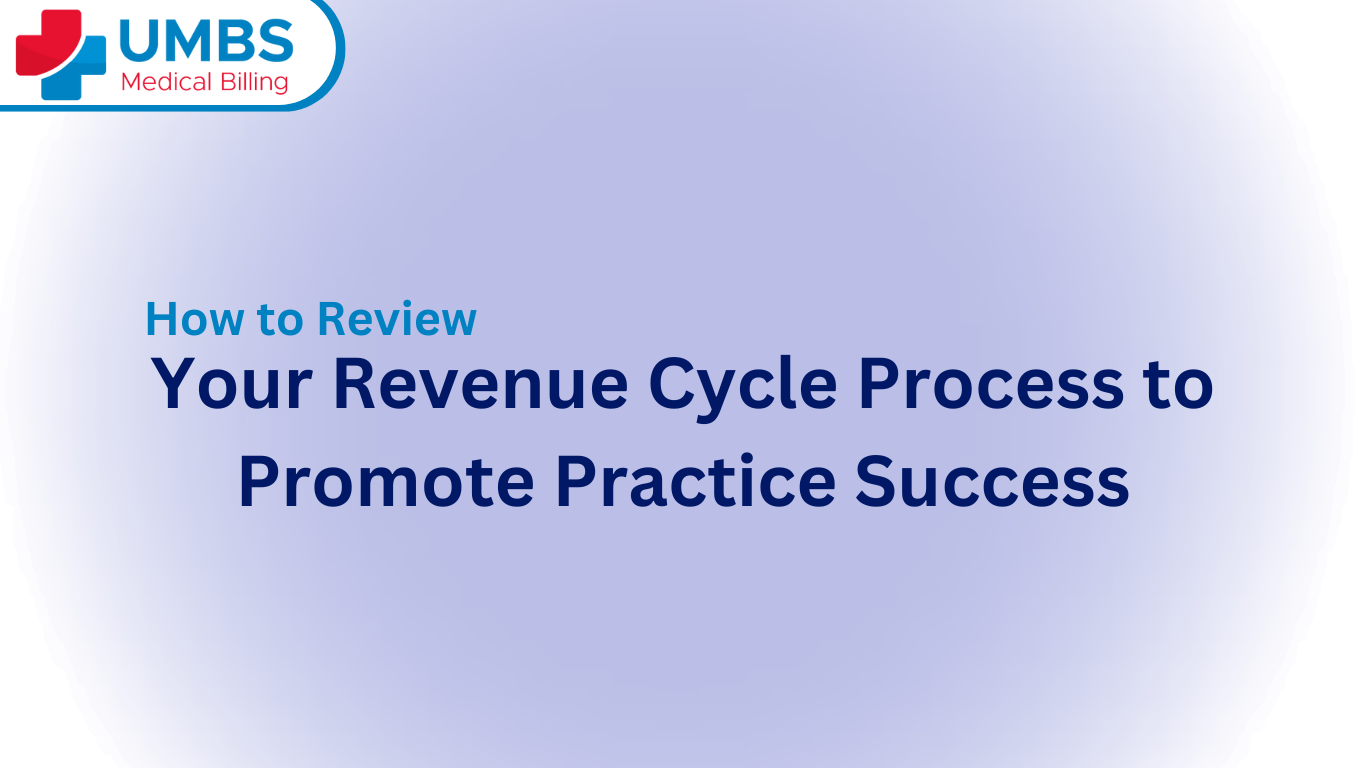The Health Insurance Portability and Accountability Act (HIPAA) is one of the most significant regulations in healthcare. While it’s often associated with protecting patient data, HIPAA also plays a major role in shaping medical billing and provider credentialing.
For healthcare providers, billing teams, and credentialing professionals, understanding how HIPAA affects everyday workflows is essential. A misstep can lead to compliance violations, costly fines, and loss of patient trust.
This article breaks down HIPAA’s key provisions and how they directly impact medical billing and credentialing processes in a practical, easy-to-understand way.
🔐 What Is HIPAA?
Enacted in 1996, HIPAA was designed to:
- Protect patients’ sensitive health information (PHI)
- Streamline healthcare operations through administrative simplification
- Establish data privacy and security standards
- Enable secure transmission of health information
The law is enforced by the U.S. Department of Health and Human Services (HHS) and includes rules that specifically impact billing and credentialing departments.
📄 HIPAA Rules That Affect Billing & Credentialing
1. Privacy Rule
- Protects PHI and sets rules for how it can be used or disclosed
- Applies to medical billing teams when handling patient info like diagnoses, treatments, insurance, and SSNs
2. Security Rule
- Requires safeguards (technical, physical, and administrative) for electronic PHI (ePHI)
- Billing and credentialing software must have encryption, access control, and secure logins
3. Transaction and Code Sets Rule
- Standardizes electronic claims and billing formats (e.g., ANSI 837 for medical claims)
- Ensures that everyone in the billing process uses consistent data formats and codes
4. National Provider Identifier (NPI) Rule
- Mandates the use of a 10-digit NPI number for all healthcare providers
- Credentialing teams must include NPIs in provider enrollment applications and billing systems
💳 HIPAA’s Impact on Medical Billing
1. Data Handling and Protection
Medical billers must use and store patient information in ways that comply with HIPAA. This includes:
- Securing billing systems with encrypted software
- Limiting access to sensitive info based on staff roles
- Sending claims and statements via secure, approved channels
Examples:
- Don’t email PHI without encryption
- Don’t print EOBs (explanation of benefits) and leave them unattended
2. Standardized Electronic Billing
HIPAA mandates that all electronic transactions follow standardized formats:
- Claims: ANSI X12 837
- Eligibility: 270/271
- Remittance Advice: 835
Billing teams must ensure their clearinghouses, software vendors, and staff are HIPAA-compliant.
3. Patient Rights and Billing Transparency
Patients have the right to:
- Request copies of their billing records
- Know how their data is used
- Request corrections to their medical or billing records
Billing departments need clear documentation procedures and policies for responding to patient requests within the HIPAA timeframe (typically 30 days).
4. Third-Party Billing Services
If you outsource billing to a third-party company, HIPAA requires a Business Associate Agreement (BAA). This legal document ensures the billing company follows the same HIPAA privacy and security standards.
🧾 HIPAA’s Role in Credentialing
Credentialing involves verifying a provider’s qualifications, licenses, and credentials for payer enrollment. Here’s how HIPAA influences that process:
1. Secure Provider Data Handling
Credentialing involves handling:
- SSNs
- Licenses
- DEA numbers
- Malpractice insurance
- Tax IDs
HIPAA requires that this information is:
- Transmitted securely (e.g., encrypted emails or portals)
- Stored in secure, access-controlled systems
- Not shared unnecessarily
2. Use of NPIs
As mentioned earlier, the NPI is a HIPAA requirement. Credentialing staff must ensure:
- Every provider has an active NPI
- NPIs are used in every payer application and billing record
- Group NPIs are assigned correctly when credentialing practices or facilities
3. Verification of Business Associates
Credentialing departments often work with credentialing vendors or enrollment consultants. HIPAA requires these entities to sign BAAs and follow the same data protection standards.
⚠️ What Happens if You Violate HIPAA?
Violations of HIPAA can result in:
- Fines from $100 to $50,000 per violation
- Civil lawsuits
- Reputational damage
- Loss of payer contracts or provider status
Examples of common billing and credentialing violations:
- Faxing patient info to the wrong number
- Leaving printed billing info unattended
- Using shared passwords to access billing software
- Emailing credentialing documents without encryption
🛡️ Best Practices for HIPAA-Compliant Billing & Credentialing
- Conduct regular HIPAA training for billing and credentialing staff.
- Implement secure software with encryption and role-based access.
- Audit electronic and paper records regularly for compliance.
- Use BAAs with any vendors handling PHI.
- Limit access to only the minimum necessary PHI for tasks.
- Encrypt email communications involving patient or provider data.
- Follow standardized claim formats and coding to avoid claim rejections and data breaches.
✅ Final Thoughts
HIPAA is much more than a privacy law—it deeply impacts how medical billing and credentialing departments operate. Following its guidelines helps healthcare organizations avoid penalties, ensure efficient operations, and most importantly, protect patient and provider data.
By building a culture of compliance and training your team regularly, your organization can confidently manage billing and credentialing processes in a secure and HIPAA-compliant way.





